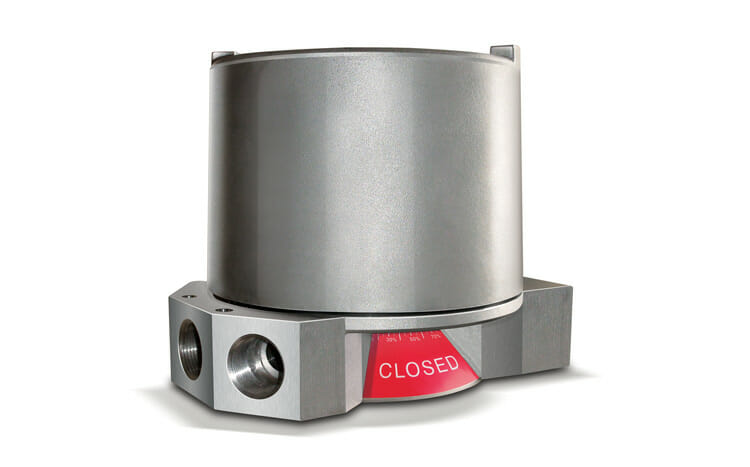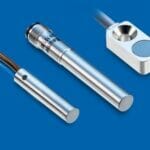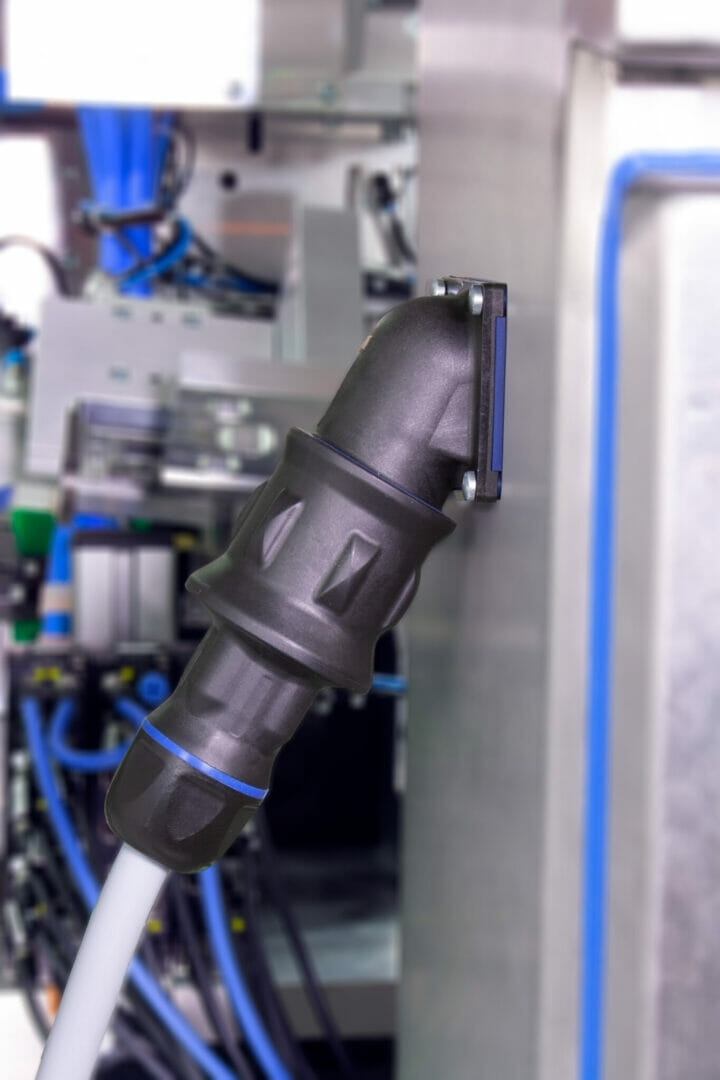Maximum process reliability and constant product quality are maxims in the food industry – whether in the manufacture of beverages, sweets and dairy or in meat processing. The increased usage of automation within the Process Industries has had a significant effect on the nature of valves supplied into the sector. Whilst the functions of the valve and valve actuator are fundamentally the same regardless of whether the automated valve is being used for control (modulating) or for On/Off operation, the equipment that interfaces between the control room and the valve differ depending on the valve function.
Control valves will typically employ a Positioner to initiate a valve movement and a Position Transmitter to confirm valve position matches required position. On the other hand, an On/Off Valve will connect using a Solenoid Valve to allow a change in a digital output status in the PCS to operate the valve and a Limit Switch Box to confirm the valve is in the required position.
In contrast, the Position Transmitter on a Control Valve has been largely overlooked and hence many control valves suffer performance issues solely because of the limitations of the position feedback mechanism and can have a significant effect on both plant productivity and plant safety.
The vast majority of Position Transmitter products currently available utilise a potentiometer, which have a number of limitations when used on valve applications. Potentiometers are susceptible to vibration, wear and liable to contamination from foreign particles such as dust, sand or water.
These issues, along with those encountered with other transmitter technologies are often not appreciated by the Plant Operator until the product is already in service and performance is not as expected.
A few specialist companies providing Valve Position Monitoring solutions, such as Imtex Controls Limited, have recognised both the potential benefits to Plant Operators for using IVPTs on valves but also the severe limitations of the products currently available. For this reason, new ‘smart’ solutions are now being offered that solve the traditional issues of IVPTs and enable plant operators to maximise their returns from these devices.
The new generation of smart IVPTs employ more robust feedback mechanisms. For example, the Imtex NC transmitter range utilises inductive sensor technology in non-contact, solid state feedback devices that are both highly accurate and largely impervious to challenges presented by the environment in which they operate.
Traditional IVPTs are often tricky to calibrate, requiring the use of tools or a laptop to complete the setting of zero and span. Smart IVPTs simplify the calibration by allowing the user to calibrate through push buttons built into the transmitter unit. In addition, where the smart IVPT is equipped with the ability to interface with a digital protocol such as HART, the device might also be calibrated remotely.
When mounting a rotary transmitter on a linear valve, a non-linear output is often generated due to a linear to rotary conversion kit being used. Smart IVPTs have recognised this issue and provide the means to adjust the output from the device. For example, the Imtex NC transmitter is available with the ability to set up to 20 intermediate feedback points to linearise the output.
Another benefit of Smart IVPTs is that they put intelligence in the field device. The ST-4312 NC Transmitter from Imtex Controls analyses the stroking speed of the valve every time it moves and compares this information with a stored ‘as new’ profile of the valve. The device is then capable of sending a warning signal via the HART communication interface, flagging when the valve has started to slow down by a user defined amount.
With the ever increasing need to improve plant efficiency and safety, Independent Valve Position Transmitters provide a simple and cost effective method to deliver these demands. By employing the latest generation of ‘smart’ IVPTs, plant operators are able to dramatically improve their efficiency and safety by gathering information on valves that permits targeted preventative maintenance.







